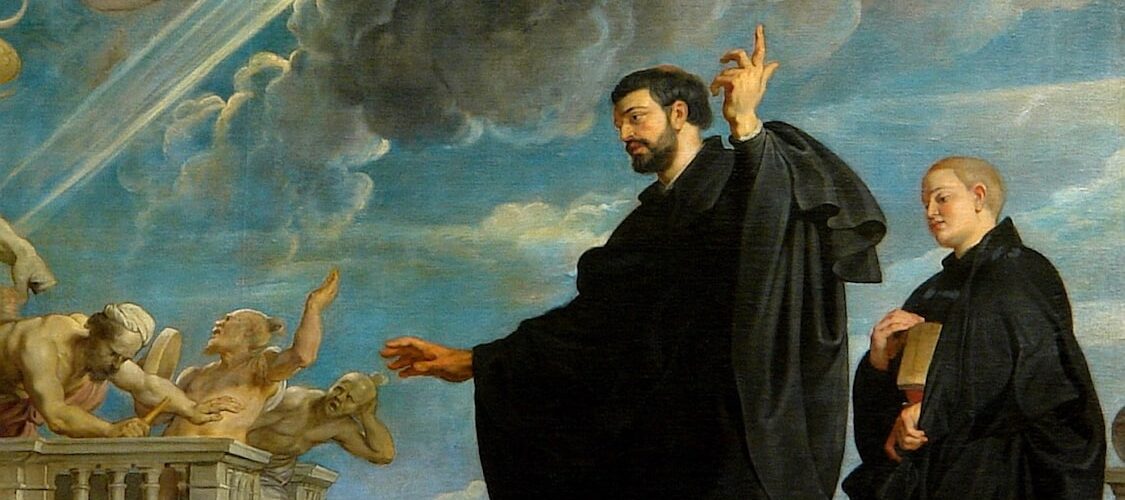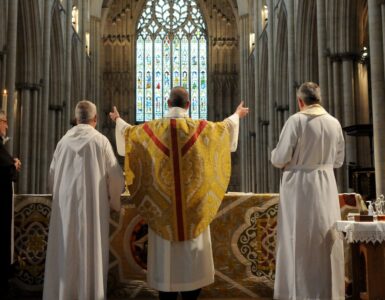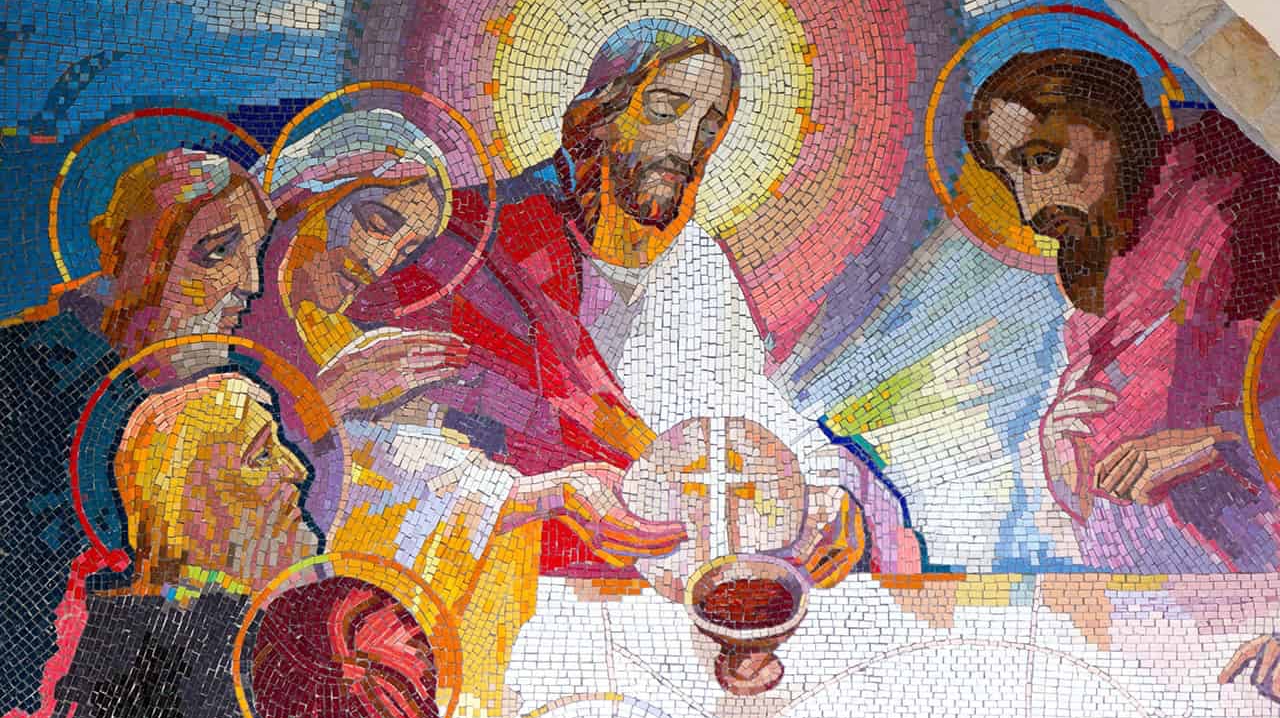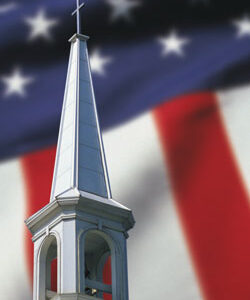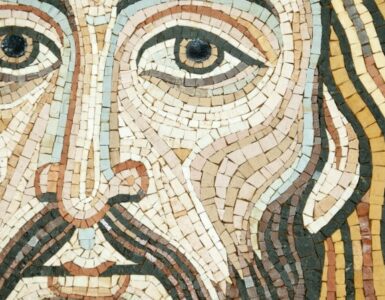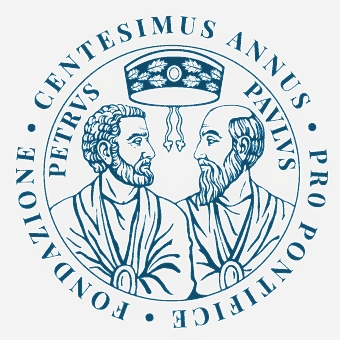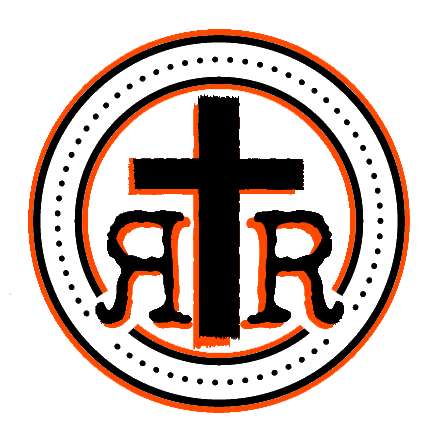St. Francis Xavier was of noble birth, attended the University of Paris, was filled there with the zealous fire of Ignatius of Loyola (also of noble birth), and joined him in founding the Society of Jesus, the Jesuits. His missionary journeys took him to India, Japan and China. At the age of 46 he contracted a fatal fever and died in 1552 A.D. on an island at the gates to the enigmatic Chinese Empire near Hong Kong.
During his missionary activities he established a few Christian faith communities in Japan, one near Oita, on one of the southern Japanese islands, and another at Hiroshima. The pope created the Diocese of Oita, Japan, and thereupon dispatched a bishop to care for those Japanese Christians. But while on his journey by ship to Japan the Japanese Emperor closed Japan off from the rest of the world. The bishop had to return to Rome.
Almost four hundred years later a more recent Emperor opened up Japan to the rest of the world, particularly to western civilization. Some French businessmen and their families established a small French colony in Hiroshima and being Catholic (in those days) they brought a priest with them to care for their spiritual lives as well as the faith lives of their families and children.
The French built a small chapel in Hiroshima and while in it one day the French priest was approached by three elderly and venerable Japanese gentlemen. They spent time observing him and what he was doing and then approached the priest with great respect, asking him three questions: Was he married? Did he revere the mother of Jesus? And was his boss the “big man in Rome”? Answering the gentlemen correctly they asked him to come with them, which he did.
These Japanese elders took the priest up into the mountains surrounding Hiroshima to a cave into which they entered, taking him to a hidden room deep within. There they brought out for him the tattered remains of what once was a chasuble, the torn and crumbling remains of a Sacramentary and a battered old chalice, all of which were originally brought to them by St. Francis Xavier almost four hundred years ago. They then informed this French priest that the eldest male in their Christian community, every Sunday, “did what the priest did” for nearly four centuries!
This account was given by Peter Hiraga, a native born Japanese bishop, Bishop of Oita. He was the first bishop to take possession of the diocese created by the Holy Father at the time of St. Francis Xavier. Bishop Hiraga told us this story at St. John’s Provincial Seminary in 1965 while on a visit to our country. Needless to say, it created a lasting and vivid impression on my mind, particularly when we were told that the little French chapel was at Ground Zero when the atomic bomb vaporized much of Hiroshima and her people.
The Incarnation of God’s Word is celebrated with tinsel and Santa Claus amid the Happy Holidays that are so very pretty and “nice”. Something far deeper, however, is at work. We should also reflect on the reliability of oral tradition, the power of Christ’s Holy Sacrifice, and what constitutes the “good ground” into which the seed of God’s Word is implanted. For beneath all the superficial things that our human eyes fix upon, there is a Presence to be seen with the eyes of our Magi souls. For there was incense in that mushroom cloud that ascended up before the eyes of God along with countless souls who had been unknowingly and tangentially touched by God’s incarnate presence in His Son.


